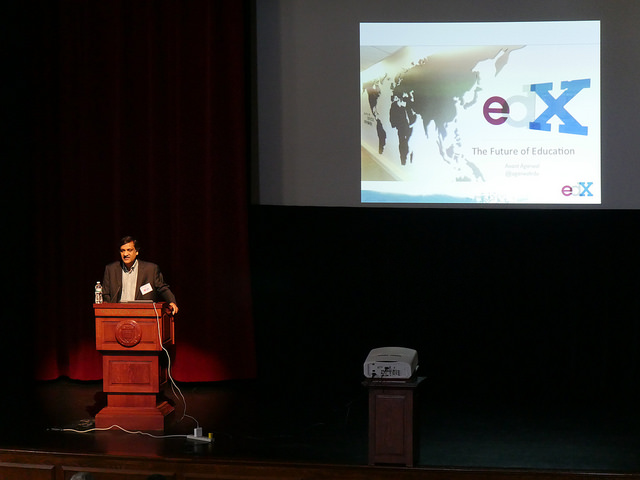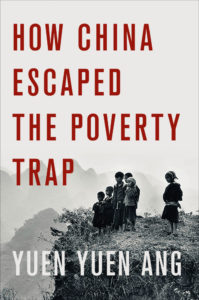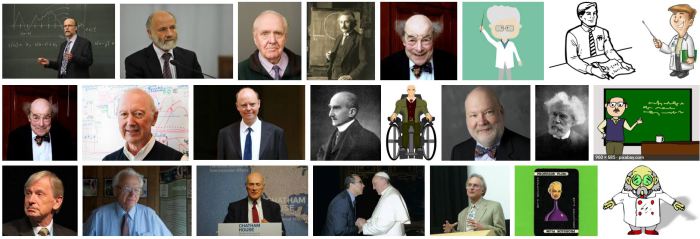 Recently geneticist David Reich published an op-ed in the New York Times entitled “How Genetics Is Changing Our Understanding of ‘Race.’” In it he contends that “differences in genetic ancestry that happen to correlate to many of today’s racial constructs are real”—and what’s more, that “as a geneticist I also know that it is simply no longer possible to ignore average genetic differences among ‘races.’”
Recently geneticist David Reich published an op-ed in the New York Times entitled “How Genetics Is Changing Our Understanding of ‘Race.’” In it he contends that “differences in genetic ancestry that happen to correlate to many of today’s racial constructs are real”—and what’s more, that “as a geneticist I also know that it is simply no longer possible to ignore average genetic differences among ‘races.’”
The invocation of his status as a natural scientist, the insistence on what is “real,” and the astonishing suggestion that race has been overlooked until now—I’ve seen it all before. Reich is using a rhetorical device that sociologist Reanne Frank has called the “forbidden knowledge” thesis, where academics who identify themselves with “science” (and are usually, though not always, male, white biological scientists) contend that anyone who questions the biological foundations of racial groupings is denying reality, or “sticking their heads in the sand” as Reich puts it. Another recent version of this was New York Times former science reporter Nicholas Wade’s 2014 book A Troublesome Inheritance: Genes, Race and Human History. The Times also published an op-ed by geneticist Armand LeRoi in 2005 making pretty much the same case, so I’m not sure why they felt it was new in 2018. But the conceit is that there has been a cover-up (or “orthodoxy” in Reich’s words) denying the biological truth about race, so we need brave souls like Reich and Wade and LeRoi to reveal the truth (again!) to the public: race is a biological characteristic of the human species.







